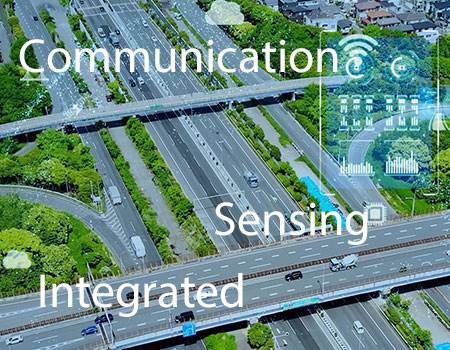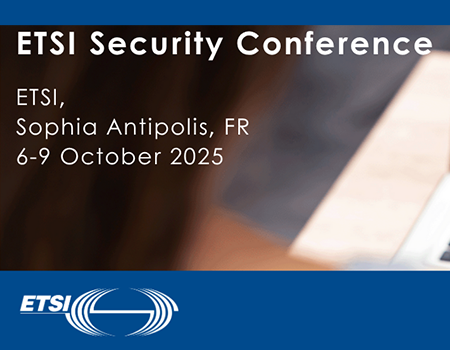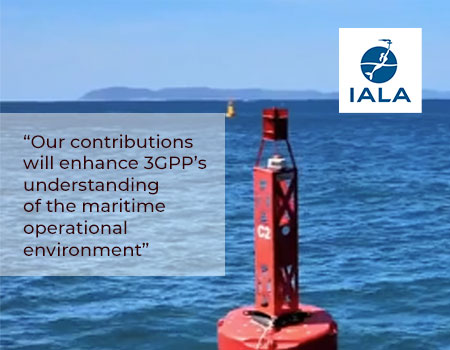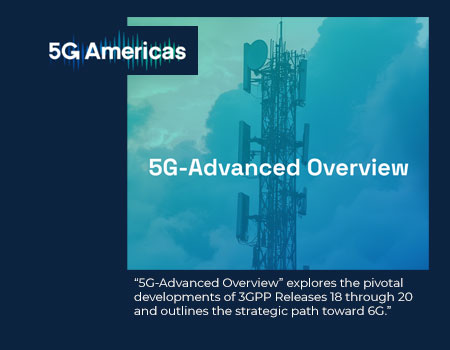New CT Chair looks to boost cooperation
April 26, 2019
Lionel Morand is the new Chair of 3GPP Core Network and Terminals (CT) Technical Specification Group (TSG). In taking up this new leadership post, he will relinquish Chairmanship of the CT4 Working Group – a role he has occupied since July 2016.
In this short interview, we ask for his thoughts on the progress made in TSG CT and the prospects for 5G Core protocol work.
Yours has been a steady route through the CT groups, but how did it start – the Standards role – and why standards?
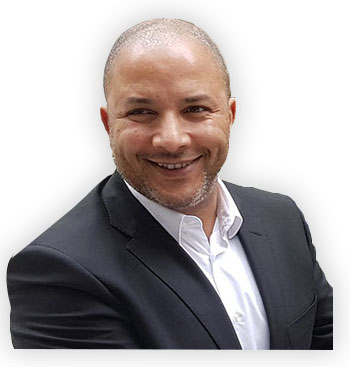 I was lucky, from the beginning of my career I have been in such projects. In 1998, I joined Orange - as France Telecom – where I was involved straight away in a European project working on an All-IP based architecture for mobile networks. From there, I went to IETF to work on the development of new signalling protocols (SIP and Diameter) for the IP-based core network. That was done in close collaboration with the 3G.IP Forum, the industry forum that had designed the initial IP Multimedia Subsystem (IMS) architecture adopted by 3GPP for IP-based multimedia services; including Voice over IP.
I was lucky, from the beginning of my career I have been in such projects. In 1998, I joined Orange - as France Telecom – where I was involved straight away in a European project working on an All-IP based architecture for mobile networks. From there, I went to IETF to work on the development of new signalling protocols (SIP and Diameter) for the IP-based core network. That was done in close collaboration with the 3G.IP Forum, the industry forum that had designed the initial IP Multimedia Subsystem (IMS) architecture adopted by 3GPP for IP-based multimedia services; including Voice over IP.
By 2001, this activity had taken me to 3GPP working group CT4 – responsible for standardizing the protocol specifications within the mobile core network - to continue the work on Diameter-based interfaces, building on the IMS work. Now Diameter is well established as one of the main signalling protocols in 3GPP.
I think that there are two main aspects to the CT standards expert’s role, there is the detailed protocol work and then there are the ‘committee’ aspects, which require a different set of tools. Fortunately, I enjoy both equally.
IETF is a main partner for CT, how close is that relationship?
Working collaboratively on SIP and Diameter, 3GPP has developed an excellent relationship with IETF over the years - from a standards process point of view.
The Task Force remains important to 3GPP, as a lot of the protocol work done in CT relies on IETF-based solutions and enhancements. For my part, being Chair of IETF DIME working group - the IETF group responsible for the maintenance and extensions to the Diameter protocol - the bridge between the two bodies has always been there and it is set to continue to be, as I take on the role [as CT Chair] of 3GPP Liaison with IETF.
A good example of new work on the way is the recent adoption of HTTP as the signalling protocol in the new Service-based architecture for the 5G core network. IETF is working on a new enhanced version (of the protocol) that could also be used on the 3GPP network.
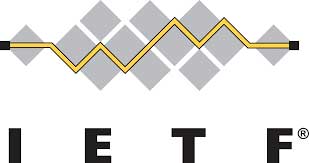 Their work on the definition of new IP-based transport protocols could also be interesting for 3GPP in a near future. As a final example, we in 3GPP are actively working on protocol enhancements for the next 5G release, in which IP will likely remain central.
Their work on the definition of new IP-based transport protocols could also be interesting for 3GPP in a near future. As a final example, we in 3GPP are actively working on protocol enhancements for the next 5G release, in which IP will likely remain central.
All this to say; it is important that we maintain this close relationship between 3GPP and IETF.
Looking to the new role, what are your priorities for CT?
5G has required a fundamental change to the core architecture, acting as an anchor point for multi-access technologies, aiming at a seamless service experience across fixed and wireless access technologies.
With 5G, we have moved from a traditional signaling network to a cloud-friendly Service-Based Architecture (SBA) that enables a full interaction between all the functions in the control plane and a flexible network topology to accommodate diverse services over a single core network.
In this new service-based environment – where network slices can be provided to support specific use cases - CT will be at the heart of the 3GPP system transformation, which I believe will necessitate a strengthening of our coordination between CT, RAN and SA Technical Specification Groups.
Within CT, we will consolidate our existing competences and aim to enrich our technical expertise, to be able to support innovative service requirements from these other 3GPP groups; particularly from [working groups] SA2 for Architecture, SA3 for the Security aspects and SA5 for charging functionalities; to meet the specific and evolving needs of a growing number of 'vertical' industries.
How easy is it to meet the needs of these Verticals?
Since Release 13, we have gained a lot of experience by producing a full set of protocols to support the specific service requirements for Mission Critical services. That expertise will help with other new areas – such as Automotive, Satellites and Industrial automation. These industries are bringing a new community into 3GPP groups and in CT they will guide us on how to develop protocols for their use.
We are trying to make any CT level protocol work extendable to meet new needs as they come in, with the least possible additional effort.
At the project level, to improve our efficiency, I will be working with the other 3GPP TSG Chairs on how to establish the set of functionalities that are common to a variety of verticals. We need to think deeply about a high-level analysis of new requirements are coming in, so that expectations on all sides are fully aligned.
5G is generating a great deal of excitement – what would make it a success for you?
From the CT point of view, the new core network must be agile and service based - able to meet new requirements and be optimised for any type of access network. When we have a network that is flexible enough to be used by anyone, while meeting the most demanding needs - This will be something to be proud of.
Lionel Morand, 3GPP TSG CT Chair, Orange, will take his first CT Plenary meeting on June 3, in Newport Beach, USA.
Contact for this article: Kevin FLYNN, Marketing and Communications Officer, 3GPP

 3GPP Events
3GPP Events